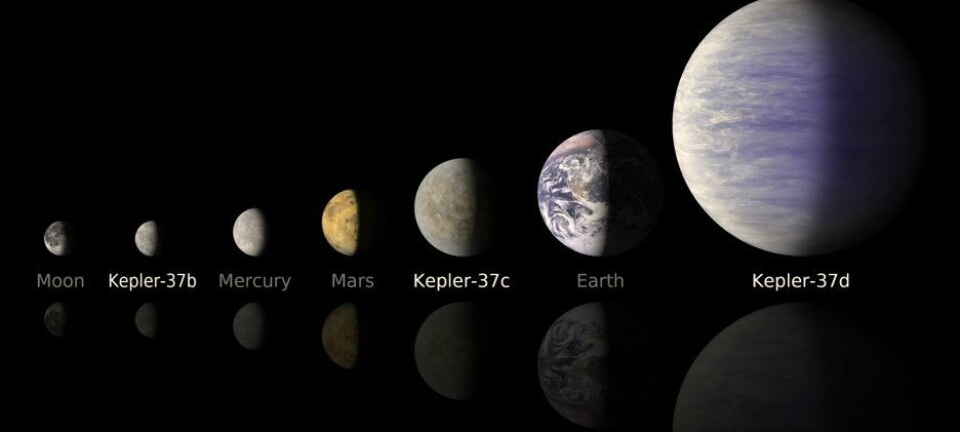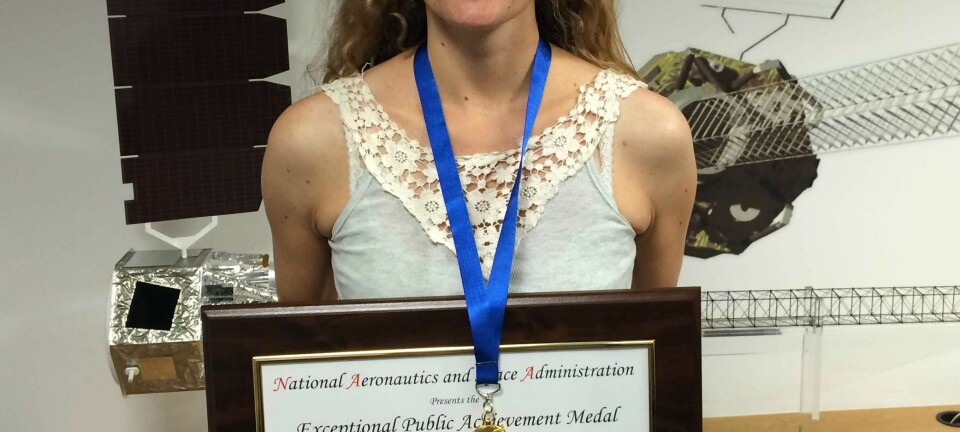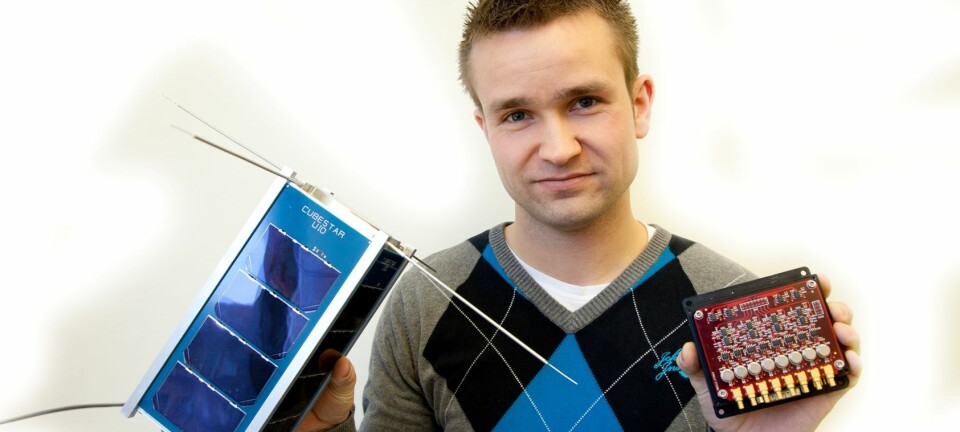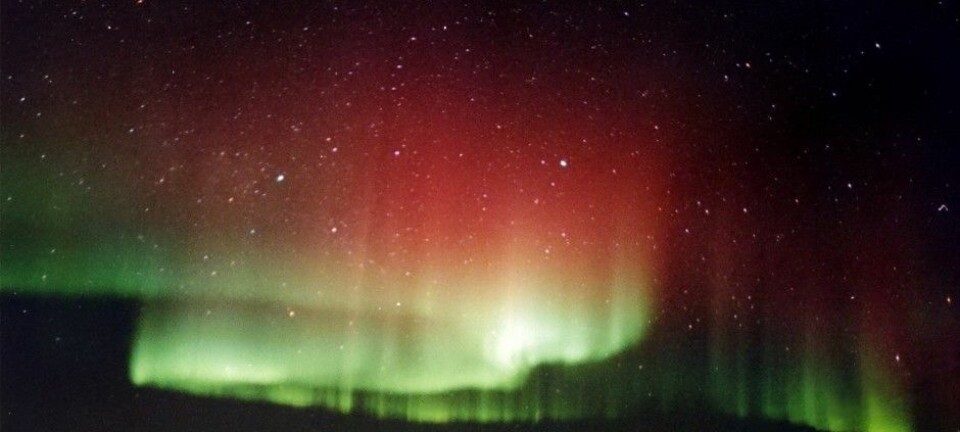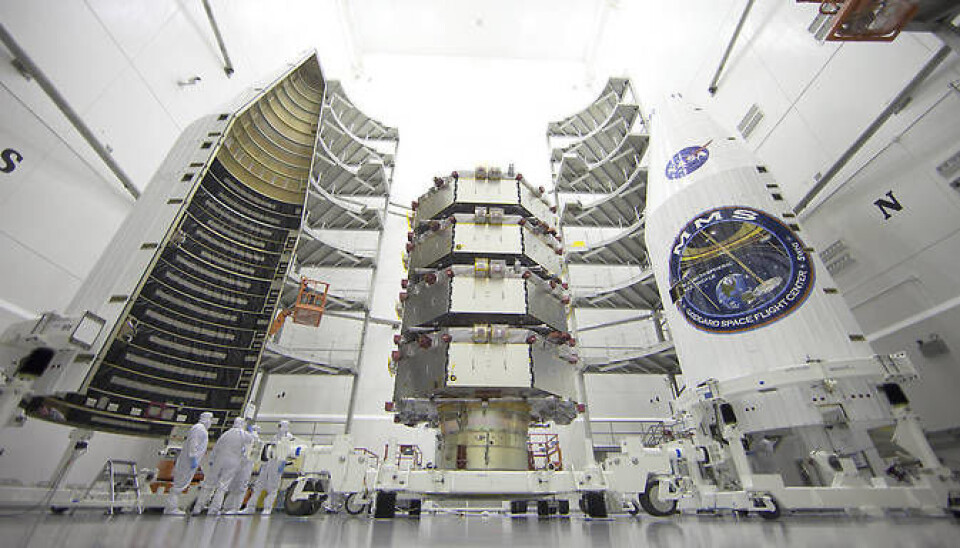
Scandinavian star cameras launched into space
NASA has just launched four spacecraft that will orbit the Earth to seek answers to fundamental mysteries about our planet's magnetic field and extremely high velocity particles.
On Friday 13 March, four spacecraft were launched from Cape Canaveral in the Florida, USA.
The four spacecraft are part of the new US National Space Administration MMS (Magnetospheric Multiscale) mission, which will seek answers to mysteries surrounding the Earth's magnetic field and particles with extremely high velocities.
"This is a very, very exciting mission. Its purpose is to provide answers to some vital, fundamental questions and we basically have no idea what will turn up," says Professor John Leif Jørgensen, head of the Division of Measurement and Instrumentation, DTU Space, at Denmark's Technical University (DTU).
He has, together with colleagues, developed and hand-built an important part of the technology that was launched from Cape Canaveral -- each of the four spacecraft is fitted with four star tracker cameras.
The star tracker cameras (16 in all) function as a compass which enable the spacecraft navigate by means of the stars.
NASA: cameras important
NASA has already expressed full satisfaction with the Danish-built cameras.
"The star tracker cameras from DTU Space are specially built for the MMS mission and are considered important components in the spacecraft control systems. After launch, the cameras on the four spacecraft provide the control systems with data which enables them to establish their position and speed with tremendous accuracy," says Samuel J. Placanica, the chief engineer of MMC Attitude Control System, in a press release from DTU.
"It's a demanding job because each spacecraft has to rotate on it own axis three times a minute in a fixed geometric formation," he says.
Magnetic reconnection is a messy field
One of the primary purposes of the mission is to explore a magnetic phenomenon called magnetic reconnection. It is not yet fully understood but is believed to be caused by some of the most powerful events in the universe: sun bursts.
Magnetic reconnection can occur when violent sun bursts blast magnetic fields out of shape. Sun bursts can be so powerful that some magnetic fields are broken up and reconnect in new ways.
"Just like an oncoming wind blows you hair back when you're riding your bike. The solar wind can give the Earth's magnetic field a huge magnetic tail," says Jørgensen.
Will provide new knowledge of space weather
The magnetic field suddenly getting 'messed up' and reconnecting differently can, in theory, result in an explosive transfer of energy. So much energy is released that scientists believe that particles get accelerated to velocities approaching the speed of light.
"You can see particles moving at insane velocities around magnetic fields -- close to the speed of light. Scientists were surprised indeed when they found them, because the models predicted that they weren't supposed to be there," says Jørgensen.
"But there are particles up there which get accelerated, and the theory is that they’re accelerated as a result of magnetic reconnection,” he says.
He points out that magnetic reconnection can also impact what we call space weather. Space weather is the electrical storms which create the gorgeous Northern Lights at the poles on Earth.
The hope is that the MMS mission will teach us more about this phenomenon.
---------------
Read the original story in Danish on Videnskab.dk
Translated by: Hugh Matthews
